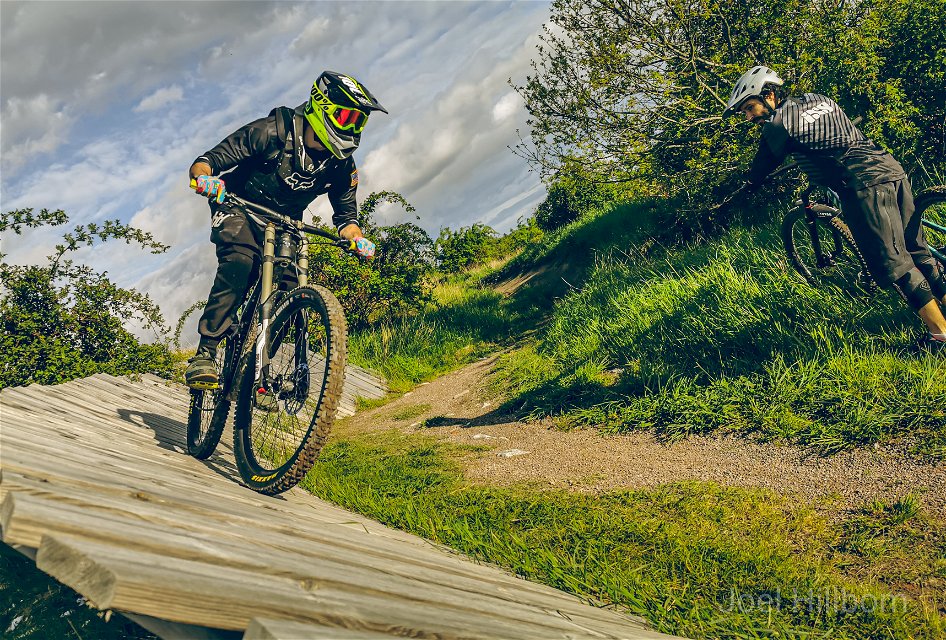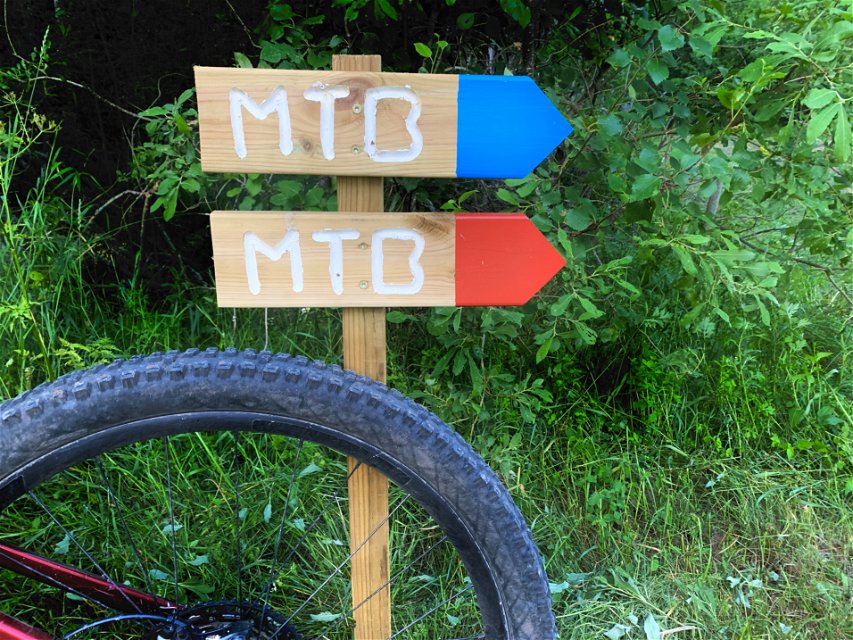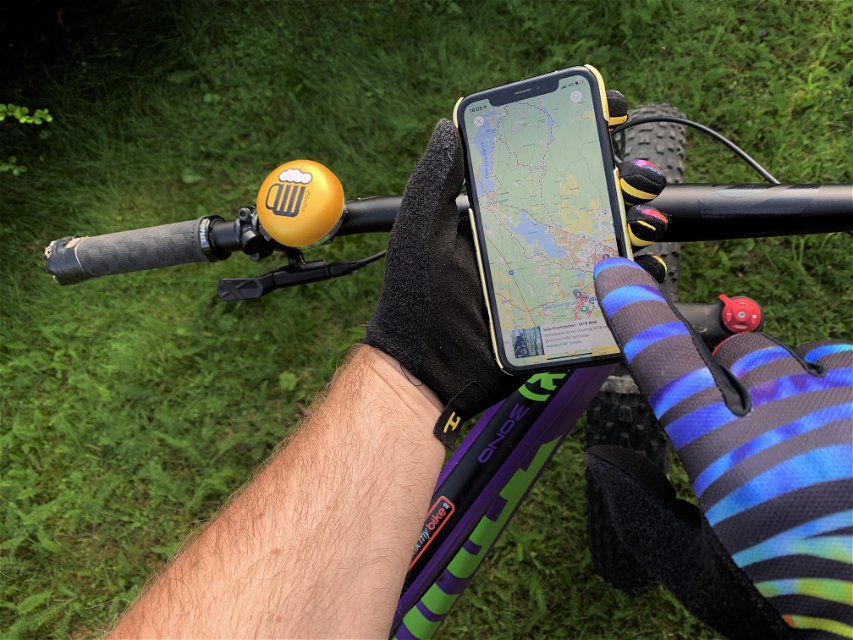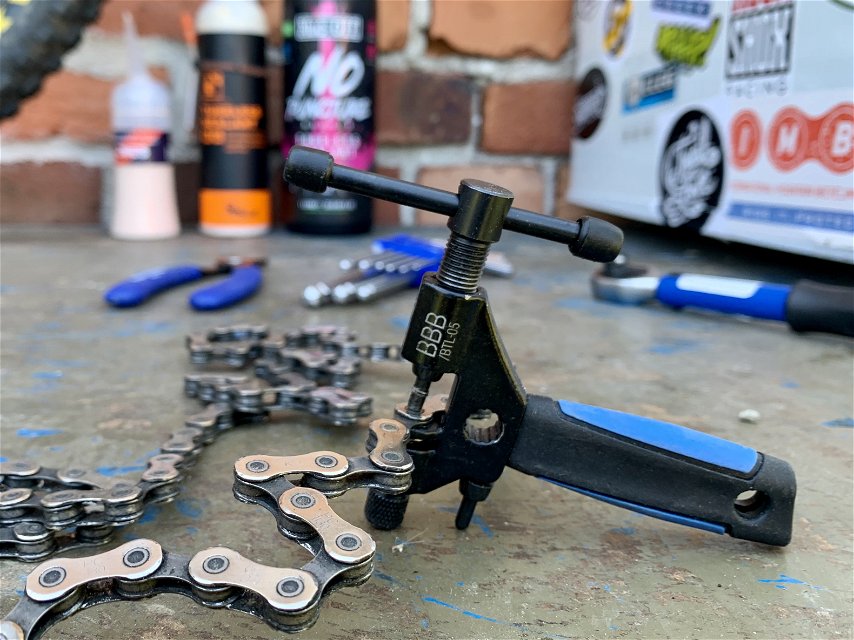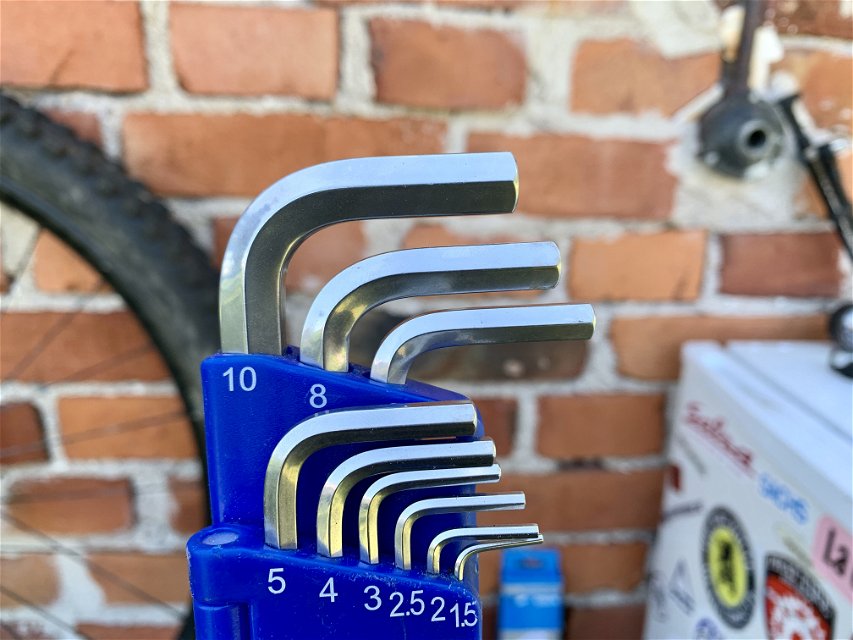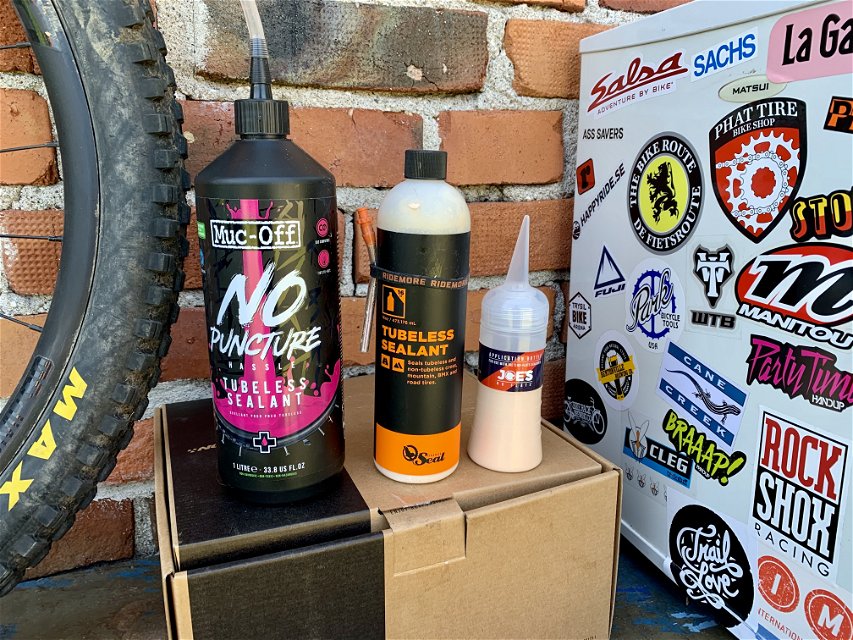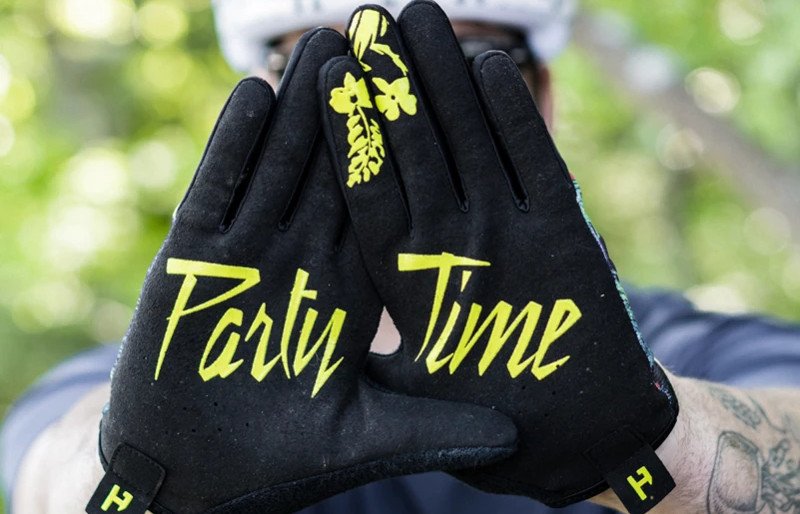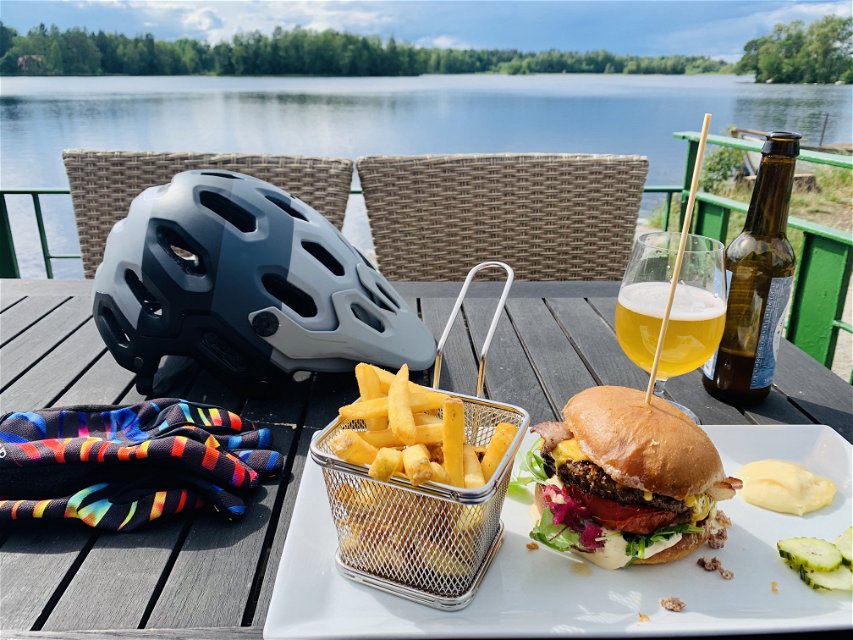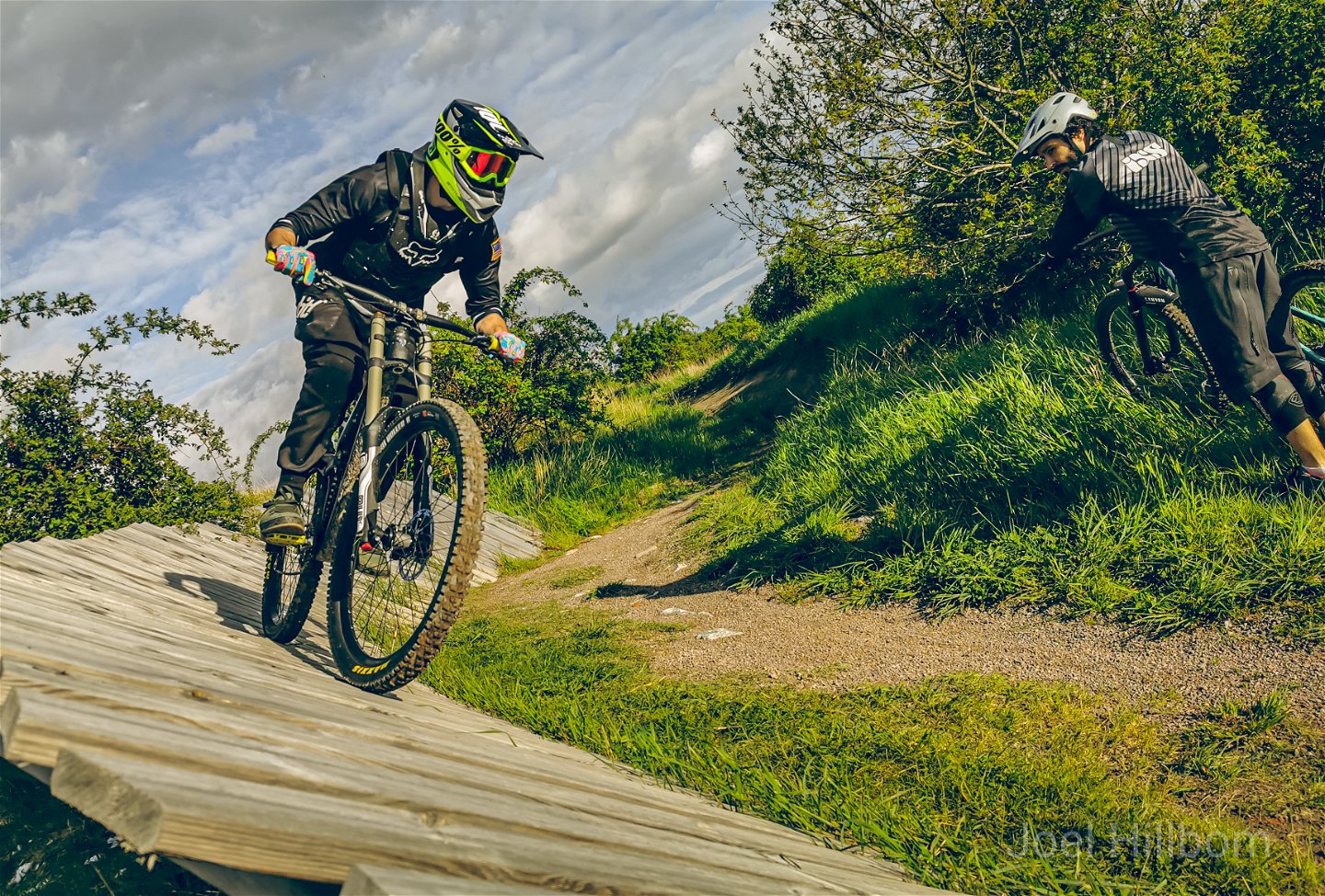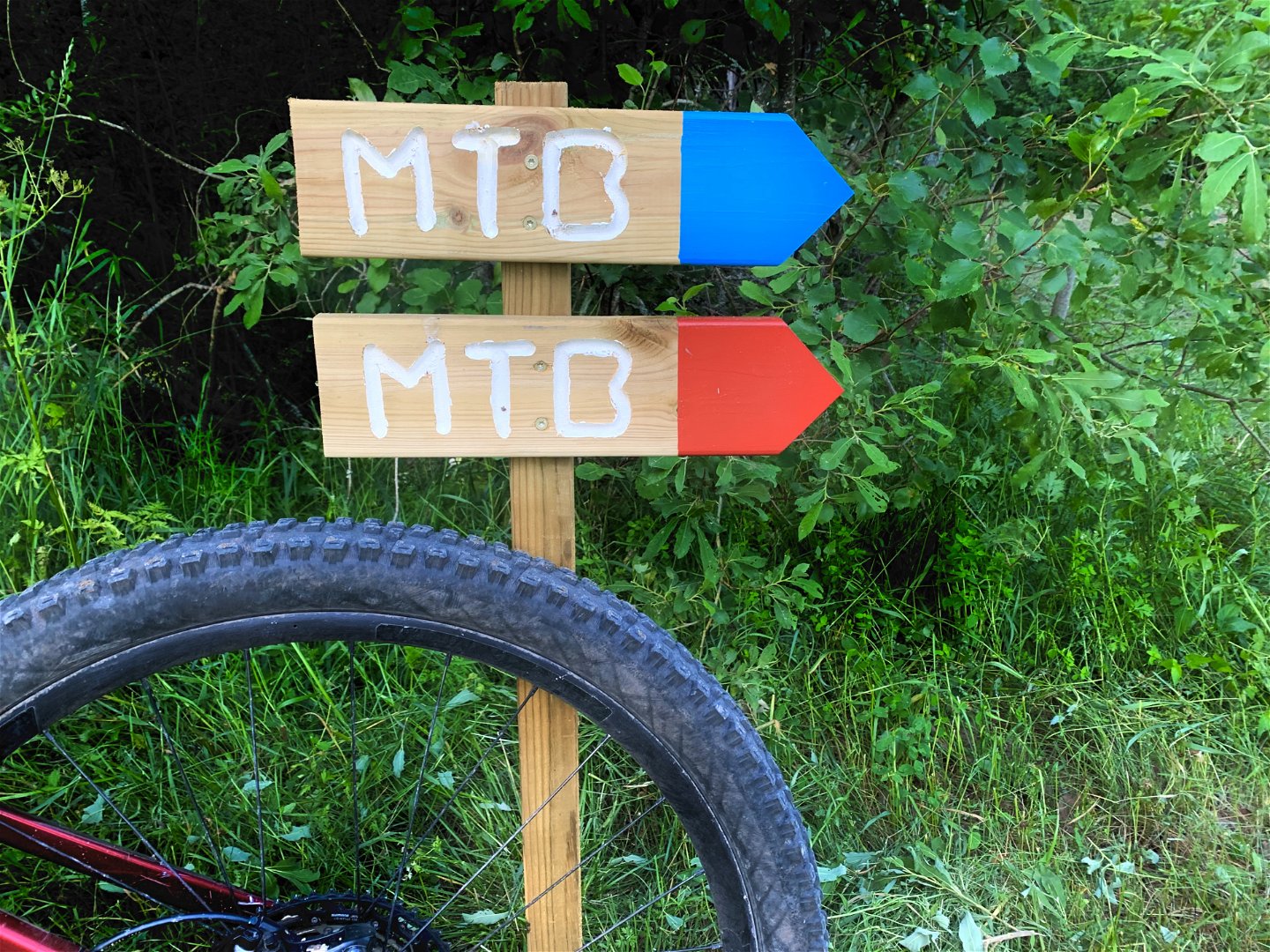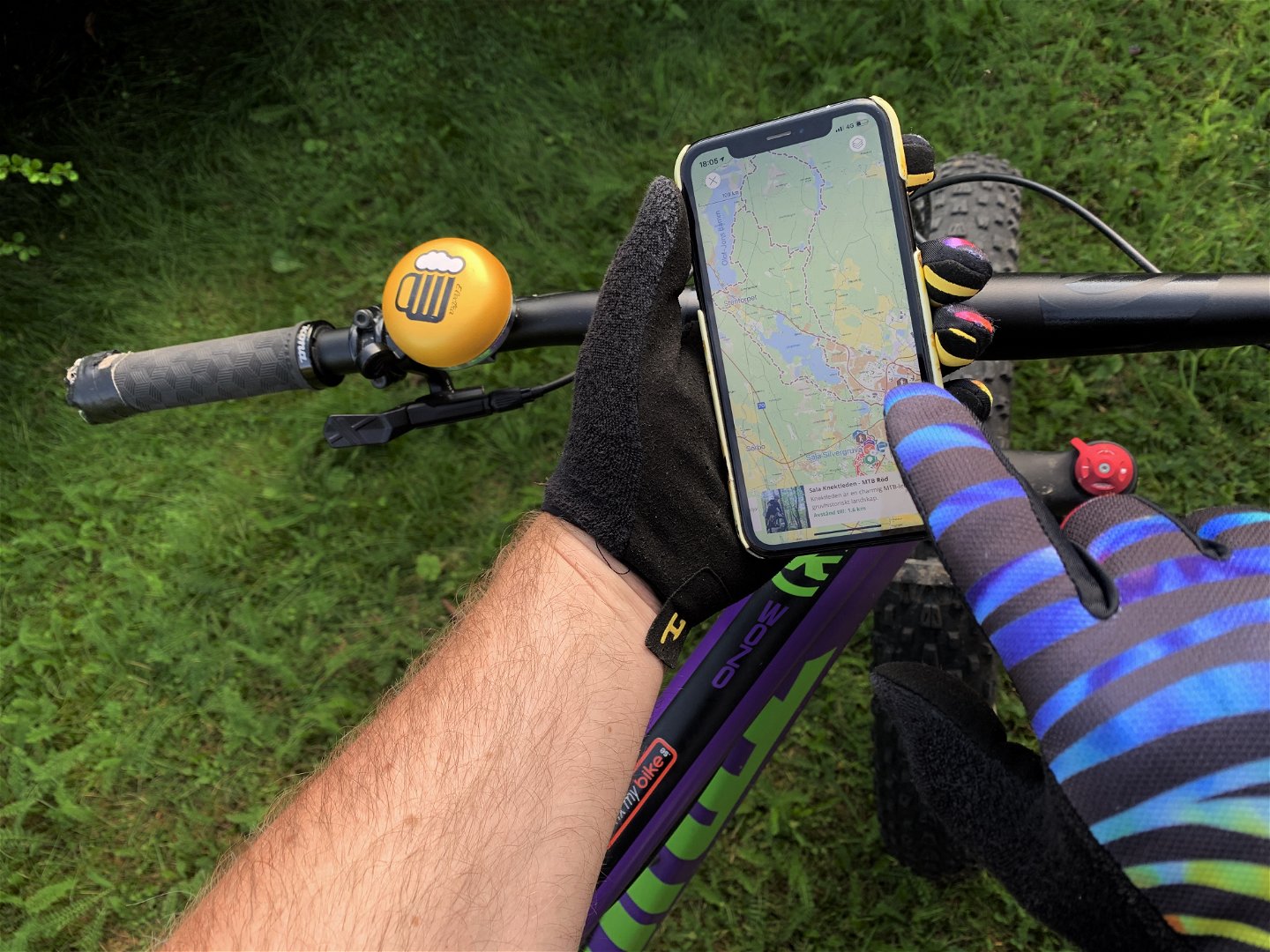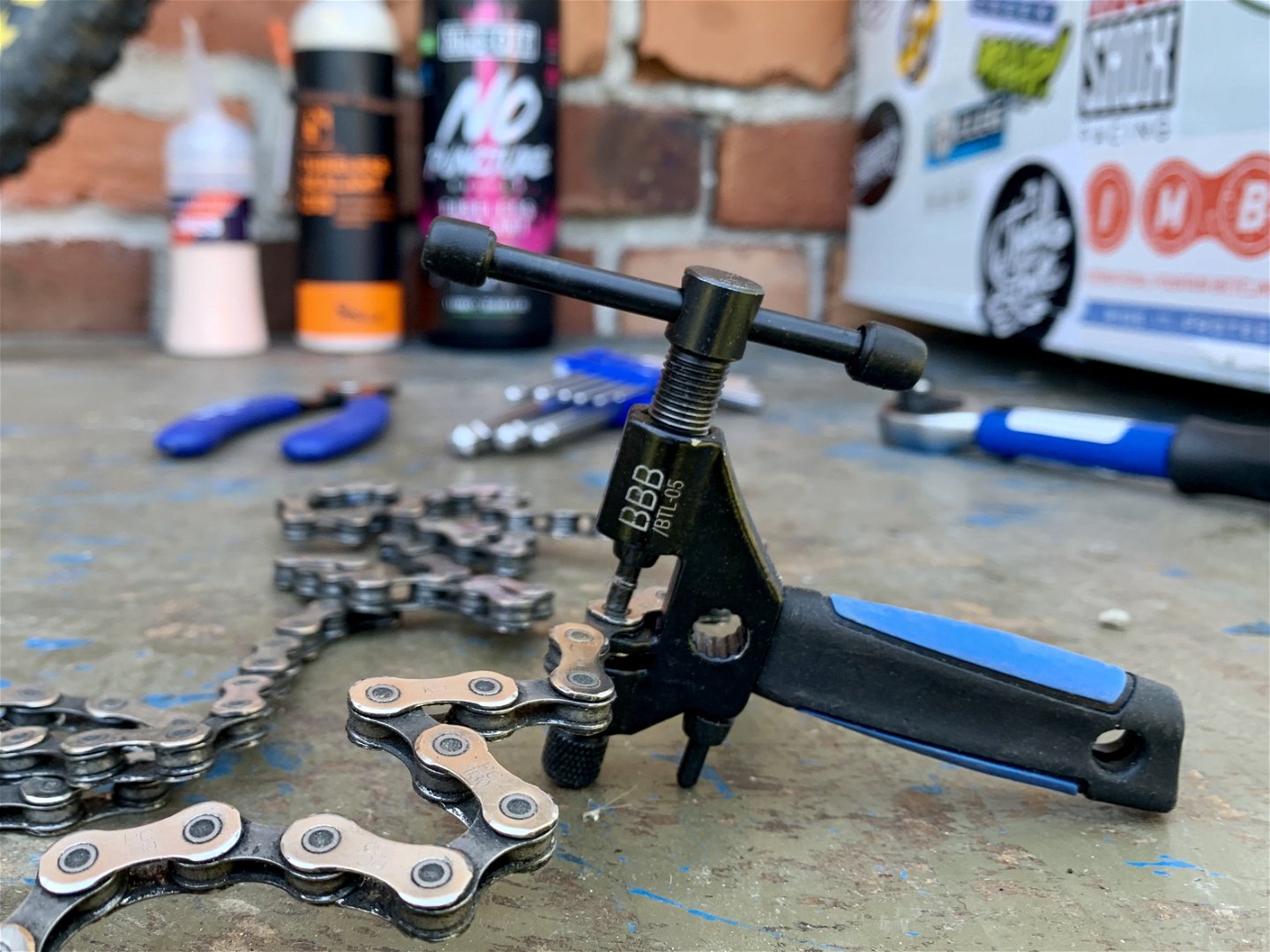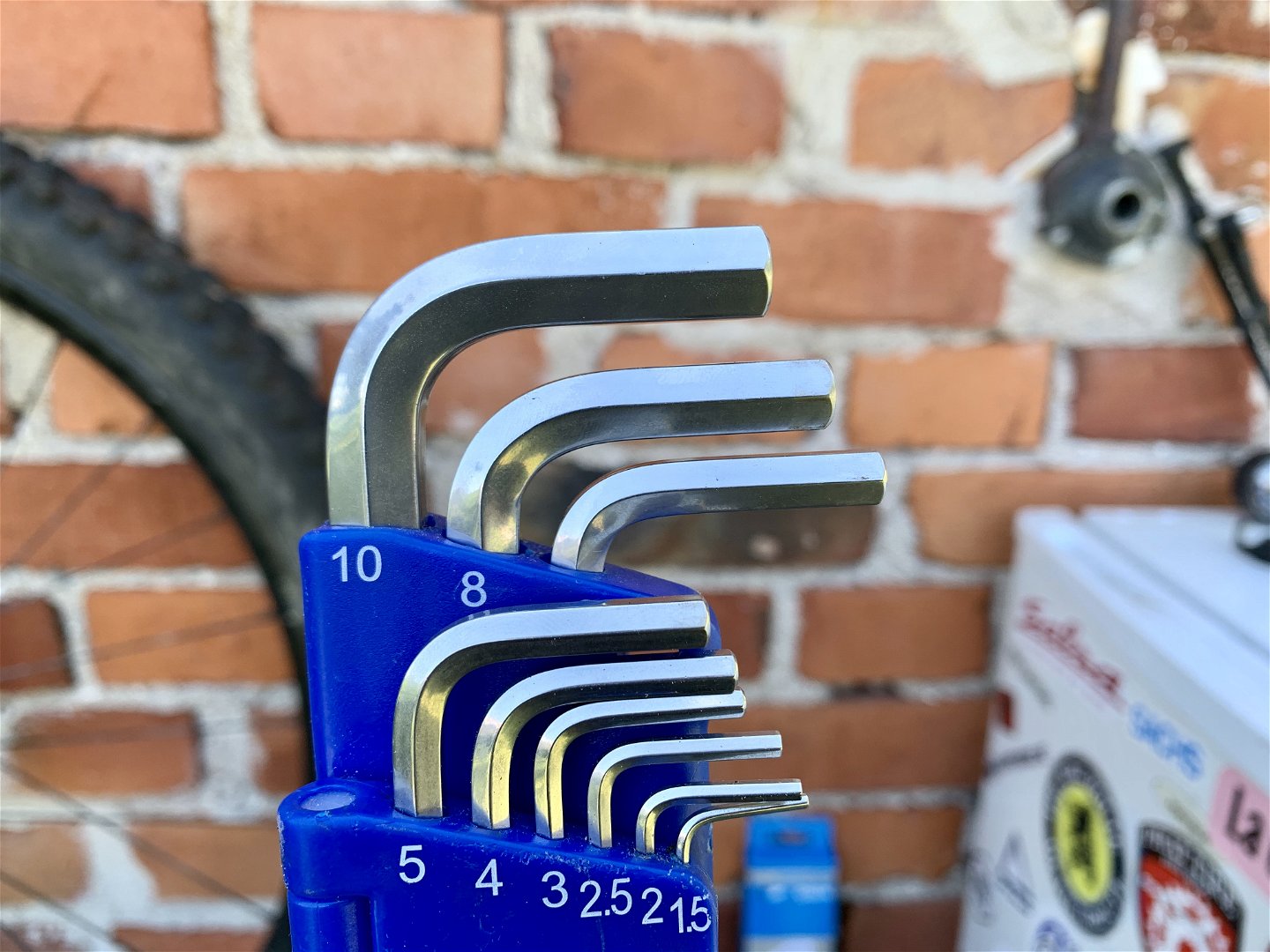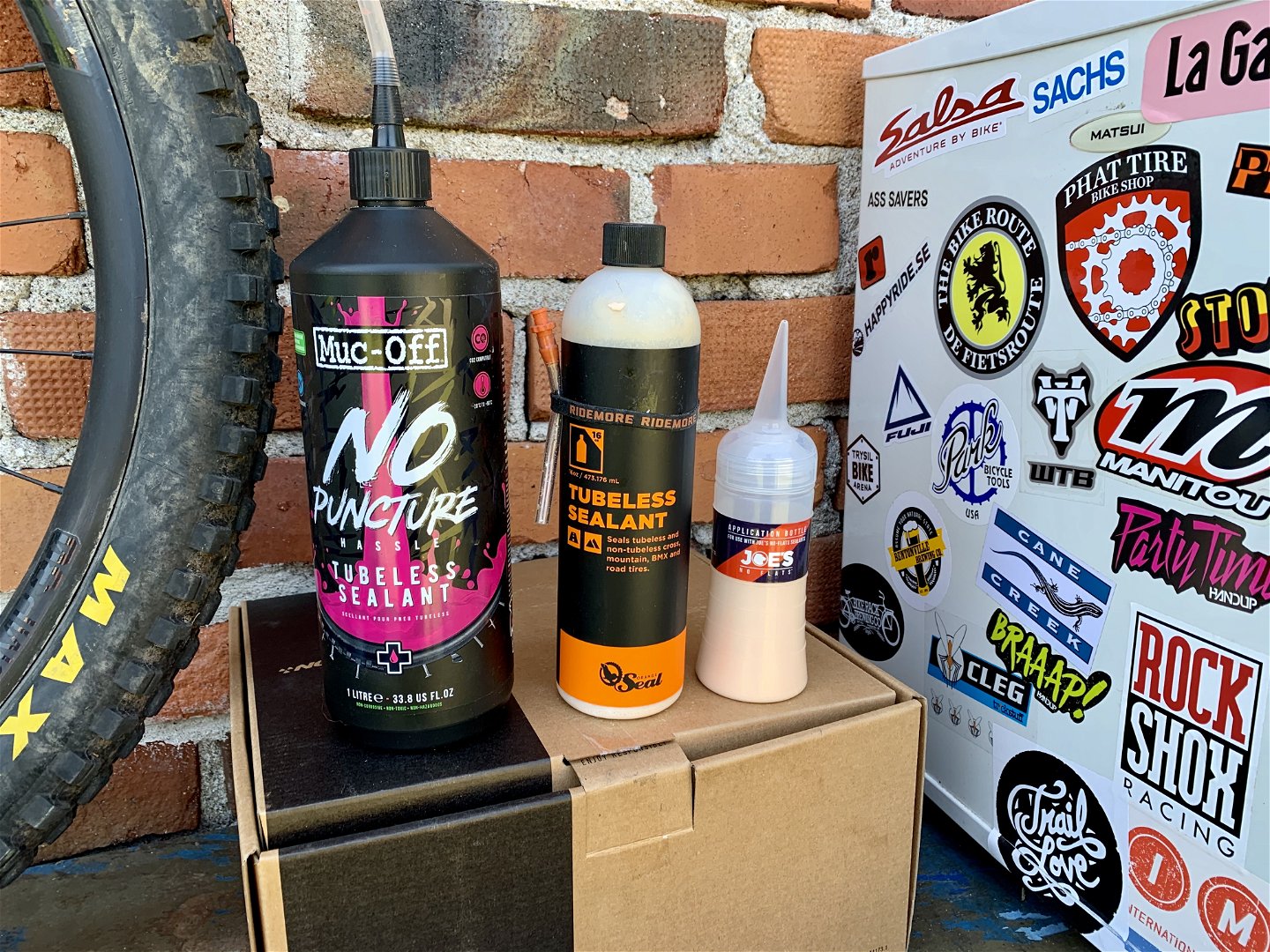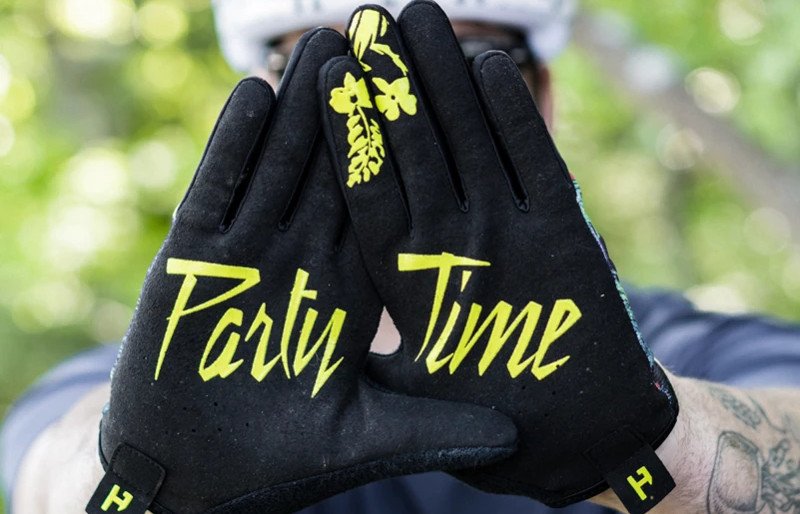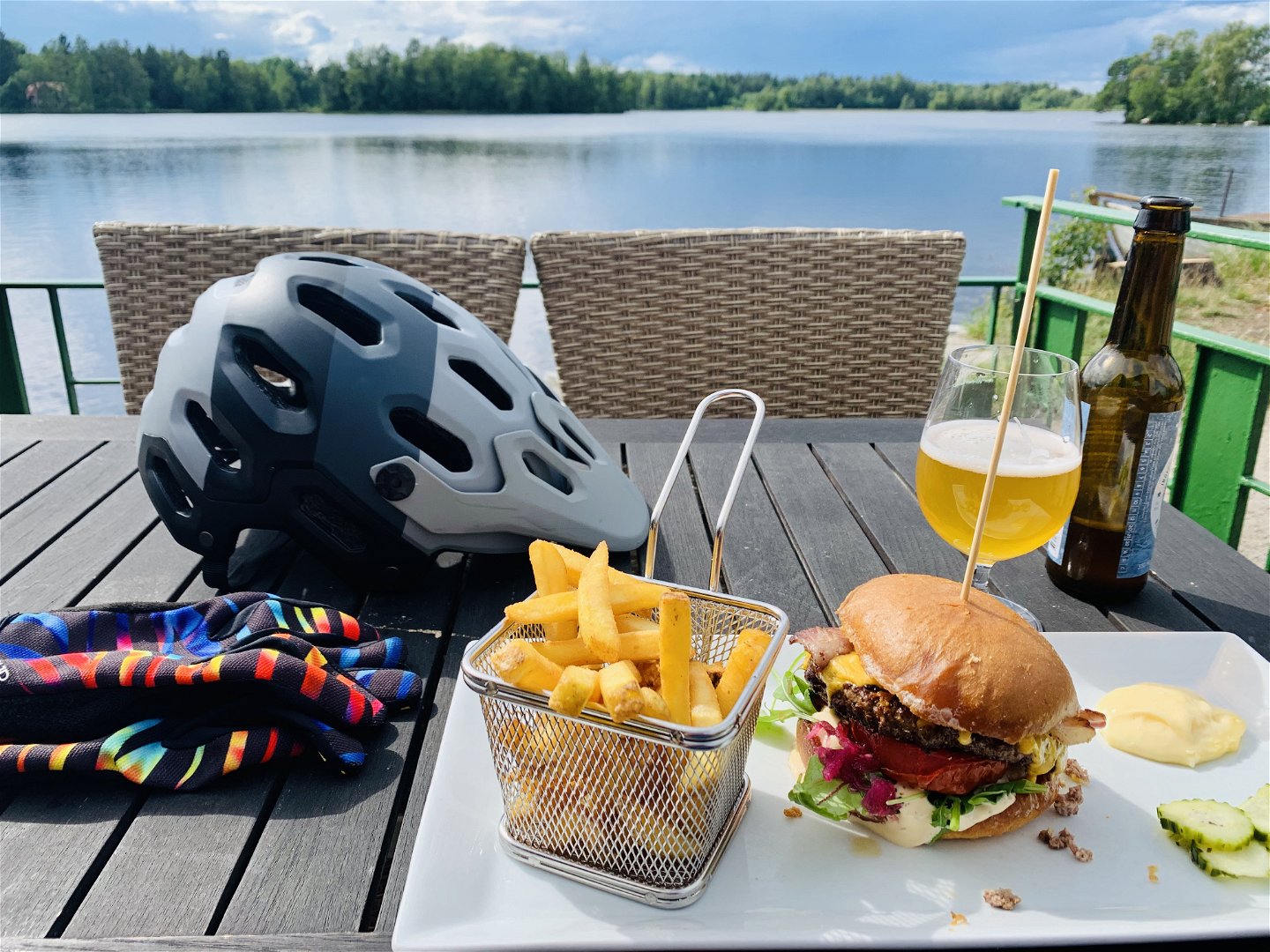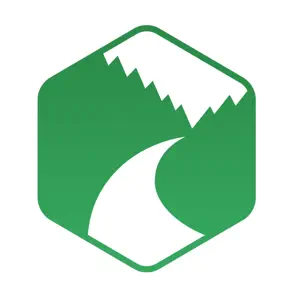Mountain biking in Sweden for newbies
Images
Red or blue trail, tubeless or tubular tyres? Is OTB a bike brand or an embarrassing event that you are trying to explain away at afterbike? Here’s a guide for those of you who are new to mountain biking in Sweden.
Are you one of the new trail cyclists who’ve discovered the adventurous, fun and safe activity of mountain biking in the forests of Sweden?? Has your social media feed exploded with Swedes wearing bike helmets happily high-fiving on some messy trail? You’re probably suddenly encountering a lot of new words and concepts that are similar to trail riding in other parts of the world but can still leave you a bit confused. Things might be a little different, but scroll on to read our helpful breakdown for mountain biking in Sweden for newbies and you’ll get it in no time.
Let’s start AFTER the BIKE ride!
An afterbike or “after bike” is, for some, a matter of course following any bike ride in Sweden. It’s based on the term Swedes use (in English) for having drinks with colleagues or friends when they’re finished with work (i.e. “Afterwork”). There’s considerably more to focus on in life than interval training and checking your heart rate monitor. So, joyfully riding some mountain bike trails without any performance requirements as part of a group of friends and then ending it all by grabbing a few beers and a bite to eat together is something that suits many.
According to Thomas Eriksson, co-owner of Aktivt Uteliv (Active Outdoor Life) Björnögården, an outdoor recreation centre located on Björnön island in Västerås, an afterbike is not only a fun way to celebrate finishing up an intense ride, it’s also guilt-free. He explains:
“If you go for a lap or two on our [MTB blue trail], which starts just outside our campus, you can indulge in our waffle menu with a clear conscience. Our Wåffelbaren (Waffle Bar) serves large portions of both savoury meal-styled waffles and traditional dessert waffles with ice cream.”
Blue trail or red trail, heaven or hell?
As a newbie to mountain biking in Sweden, you’ll want to pick the best trails for a fun experience — one you’ll want to do again. This is especially important if you’d like your partner or children to come along on more than a single ride. How can you look up the length and level of difficulty of each mountain biking trail in the Västmanland region? You can find everything you need to pick the best MTB trails for you through Trails of Västmanland's website, which is also available on the Outdoor Map smartphone app.
Trails of Västmanland use a difficulty rating system for mountain biking trails that features four levels of increasing difficulty: green, blue, red, and black — with MTB green trails being the easiest and MTB black trails being the hardest.
We distinguish mountain biking trails by their technical difficulty. The colours have nothing to do with the length or overall condition of a trail. The widest and least technically challenging trails are marked green and blue, while an MTB red trail requires riders to use more technical skills to pass obstacles, like stones and roots. Trails with the level of difficulty reserved only for riders of the highest technical ability are marked black.
The core piece of advice for someone new to mountain biking in Sweden is to try an MTB green trail or MTB blue trail before riding an MTB red trail. Although, there are some trails rated red that are rideable for those without too much experience, such as the Knektleden trail in Sala. They feature sections with technically-demanding terrain that allow you to get off the trail and walk the bike for a few metres and then get back on again. Choose a trail that suits your ability according to its description on the Trails of Västmanland website. When you start a new trail, keep the ride calm and gentle until you feel confident with the bike on the trail. You also learn a lot by mountain biking with a more technically skilled rider and observing what choices they make on the trail.
Hardtail, full-suspension, or e-bike?
Which mountain bike, then, is best suited for the MTB trails of Västmanland? You can ride most things with a hardtail, i.e. a bike with only a front suspension fork for shocks. A full-suspension bike is, however, a little kinder to the body as it lessens the impact from more of the bumps with additional shock absorbers in the rear. Full-suspension bikes also tend to cost more and require a little more maintenance. And although they tend to be the priciest, more and more riders are opting for electric mountain bikes (or eMTBs), which have battery-powered motors integrated into the bikes to assist with pedalling. If you have an eMTB that complies with the Swedish Transport Agency's rules that limit its output to 250 W and 25 km/hour, it's welcome on the trails of Västmanland. But be sure to double check if there are any other local regulations about using an e-bike in the municipality where you’ll be riding.
Chain breaker and torque wrench? Can’t you just take your bike for service?
If you are going out into the forest to experience the thrill of mountain biking, you’ll want to ensure your bike is functioning well and safe. A good way to stay up on the status of your bike is to check on it in regular intervals while washing it. The entire bicycle industry has been extremely strained since the start of the COVID pandemic, with the low availability of parts causing many unreasonably long waiting times for repairs. That’s why Sören Stenström, co-owner at Stenströms Cykel in Hallstahammar, one of the premier bike shops in Västmanland that services mountain bikes, encourages riders to be not only consistent with bike maintenance but also cautious.
“In order to have a better cycling experience, we always recommend that you are careful with maintaining your bike,” Sören explains. “It extends the life of the bike. That’s especially important these days since it can be difficult to get certain spare parts. One tip is to keep track of how your chain is doing. If you ride with a worn-out chain, your gears will be less effective, and you risk prematurely wearing out other parts of the gear system.”
Avoid using high pressure when washing your bike. It can push water into the wrong places and damage bearings. Use a bucket of water and a soft brush. Wipe the chain clean, then oil and wipe off any excess oil, which will otherwise only attract new dirt. Avoid getting any fingerprints or grease on the brake disc; they can create friction that may make noise and impair the performance of the brakes. Feel each of the bike’s bolts and screws for any looseness and retighten if necessary. Most bolts on a cycle should only be tightened with a certain amount of force, often listed on the bolt/screw or in the manual. Being tightened too much can be just as bad as being too loose, so investing in a torque wrench can save unnecessary wear and tear and, in the worst case, even accidents.
* Wash the cycle without high pressure
* Take the opportunity to retighten screws and bolts
* Clean chain and cassette
* Oil, then wipe off excess oil
* Don’t put your greasy fingers on the brake discs if you do not want to ride with hearing protection.
Of course, you should own at least one bicycle pump. But it’s best to have two. A larger stand pump can fill your tires with just twenty comfortable strokes, while a mini hand pump can easily fit into your backpack. Although using a hand pump to fill a 29 X 2.6 tyre can give your arm muscles a serious workout. If you want to adjust the air pressure in the front fork, you need a shock pump.
Use a sturdy plastic tyre lever for changing tires and tubes. Don’t use anything else, as it may damage the rim. Invest in a set of good Allen keys and avoid using worn tools which may damage the screw heads. A chain breaker is also a very good tool to have. You’ll need it to trim down a replacement chain to the correct length. And you should replace the chain regularly to avoid unnecessarily wearing out parts that are expensive to replace.
It’s a good idea to start buying your own bike tools, and your collection will grow as your enthusiasm and ability for bike repair increase:
- Floor pump and hand pump
- Set of Allen keys
- Tyre lever
- Chain breaker
- Torque wrench
Tyres with tubes vs tubeless tyres
Wait, how can tyres be tubeless? Shouldn't you have a tube in your bicycle tyres? Absolutely! In fact, these days, they come with every new bike. But there are a couple of advantages to removing the tube and filling the tyre with a liquid, tubeless sealant. The liquid often seals any minor tyre punctures you get while riding, and a bit of air to top off is all you need to be on a roll again. It also requires a little less air pressure, which makes the tyres more responsive and your grip over bumps is significantly improved compared to the bouncy feel of a tyre with a fully-inflated tube.
Fully protect your face to stay pretty
Isn't wearing a helmet a bit silly? No, being toothless and with a squashed head is what’s really silly.
Having a good, well-fitting helmet is the most important protection you can have as a mountain biker. A full-face helmet may be a bit over the top on our MTB trails, but not a bad idea if you want to ride the [downhill course at the Vedbobacken ski resort] in the off-season. You also can’t go wrong with a pair of protected sports glasses or sunglasses. Tree branches, mud splashes and flying bugs all seem drawn to the eyes when mountain biking. Gloves offer some protection from those branches that get close-up when you whizz past and try to rap over your knuckles. They’re even great at saving the skin on your palms when you hit those bumps that send you scrambling over the gravel.
OTB: A necessary part of every mountain biker’s learning curve?
When newbies ride with experienced mountain bikers, words of wisdom can be heard on the trail. Phrases like: “Speed is your friend, look far ahead,” which is a challenge when you're feverishly trying to identify each stone and root that's trying to break your bike. There’s also: “now it comes a steep downhill, keep your butt back and relax.” Steep downhill, you say, then I want a parachute and airbag!
Feel free to take a training course that’ll walk you through the basic techniques to help develop your mountain biking skills at your own pace. Aktivt Uteliv on Björnön island has basic courses for you who want to get started with your trail riding. If you want to spend a weekend where you get more time to develop and also eat well, Kungsörstorp has a weekend package with a course and a trained mountain biking guide. And if you don't have a bike, there are bikes to rent in different sizes for adults and children.
What about OTB? Is it something to brag about or be ashamed of? OTB stands for “Over the Bar” which is when a rider crashes and gets thrown over their bike’s handlebars. You should avoid this manoeuvre. It can cause not only serious bodily injury but also a deep and perpetual pain in the soul if you’re caught doing it by anyone with a GoPro who then posts slow-mo footage of it on social media.
People go mountain biking with kids? Really?!
If you’re bringing your children on the trail with you, be sure to keep their spirits up by choosing a short and fun trail and pausing for snacks. You can complete the breaks with small exercises. Maybe do a track stand competition to see who can stand still on their bike the longest without putting a foot on the ground. It’s a superb balance exercise that anyone can benefit from. It’s also a good break if legs and mood start to fail. P.S. This tip works just as well for the partner as for the children.
Packing the biking backpack: Buns? Check. Oxygen? Check.
We asked mountain biking guide Christer Linderborg, who offers biking experiences throughout all of Sweden, what every rider should have in their backpack to ensure a safe ride. Here’s what he said:
“A fully-charged mobile phone is a must. Also, tell someone where you’ll be riding. It's a good basic rule. You can’t get by on a short ride without any snacks for energy or tools, as long as you are prepared to walk back with the bike in the event of, for example, a puncture. If you are going out for more than an hour, you should come prepared to refuel your body's calories and make emergency repairs. A simple first-aid kit for wounds and sprains and preferably some knowledge of CPR is also good. And it’s nice to have any multi-tool or gadgets for fixing flat tyres. But as I said, a phone is one of the most important tools to have. It can call for help if you need it and provide your exact position.”
Adventures on your phone
Get everything you need for riding mountain biking trails in Västmanland by downloading Naturkartan's (Outdoor map’s) smartphone app, which includes all the routes featured in Trails of Västmanland. And always be courteous on the trail, slow down, yield the right of way, and say hi to everyone you meet.

